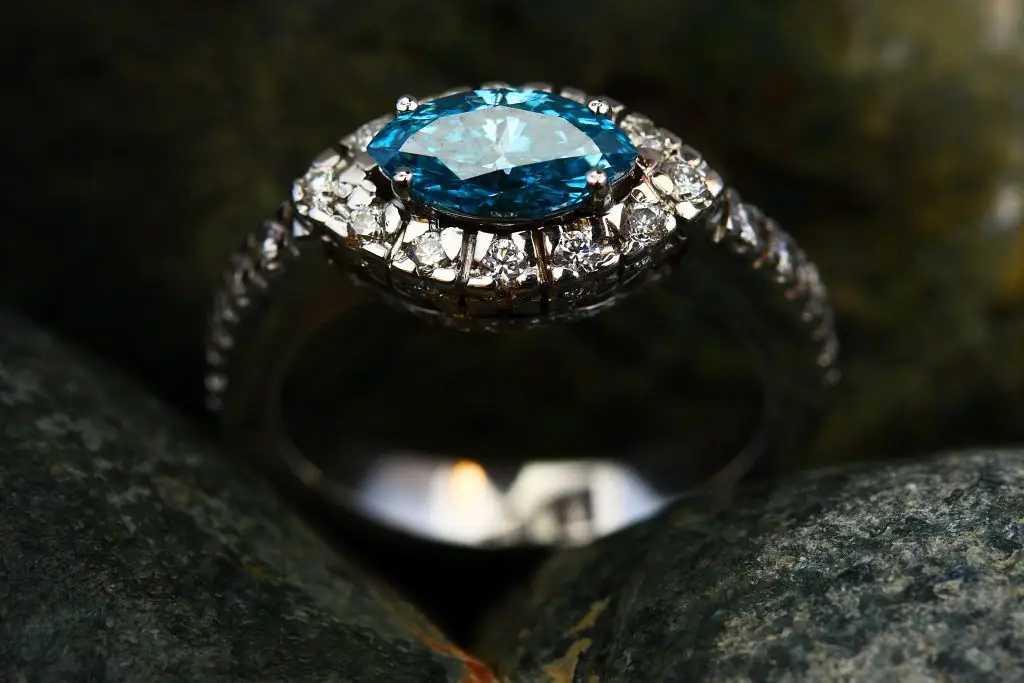Introduction
Ancient Indians believed that the red in rubies came from an internal, never-extinguishing flame burning within the gemstone. They also considered rubies to be the true “king of gems.”
Unlike diamonds, rubies are not controlled by monopolistic companies like De Beers, which regulate supply and spend billions on marketing annually. Despite this, rubies maintain their value and have consistently fetched record-breaking prices at international markets and auctions.
In addition to being the birthstone for July, ruby is also the gemstone for 40th wedding anniversaries.
In ancient times, people believed that the blue of sapphires symbolized the sky and the sea, and thus revered them, considering them to have a magical, almost otherworldly power. Despite the word “blue” in the Chinese name for sapphire, the term actually refers to any corundum gemstone that is not red. This includes blue, purple, green, yellow, orange, gray, black, pink, and even colorless varieties.
Corundum
- Crystal system: hexagonal crystal system
- Hardness: 9
- Specific gravity: 4.00
- Luster: Vitreous luster
- Transparency: transparent to translucent
- Color: red, pink, orange, yellow, green, blue, purple, black, colorless
- Refractive index: 1.762~1.770
- Birefringence: 0.008
- Fluorescence: orange-red fluorescence in long and short wave
- Cleavage: Two sets of complete cleavages
- Features: high hardness, high specific gravity, ribbon
Commercial Value of Corundum
When evaluating or purchasing rubies and sapphires, four key principles must be followed:
- Confirming if the gemstone is natural
- Checking the level of enhancement treatments: oiling with red oil, glass filling, heat treatment (single firing), diffusion treatment, and beryllium diffusion treatment
- Evaluating the gemstone based on the 4Cs (color, clarity, cut, carat weight)
- Determining its origin
Ruby color can range from orangey-red to true red to purplish-red,
According to the Gemological Institute of America (GIA), any gemstone with a dominant red hue and medium-to-dark tone is classified as a ruby, even if it has orange or purple undertones.
In the market, there are descriptive terms for the color of rubies. “Ox blood red” usually refers to a dark red with low saturation, slightly brownish in tone, while “pigeon blood red” is used to describe a vibrant, rich, and bright true red.
For sapphires, vivid true blue is the most sought-after color, followed by slightly purplish blue. Greenish-blue sapphires are considered significantly less valuable.
Highly desired sapphire colors, such as cornflower blue, velvet blue, or royal blue, are often in high demand, whereas ink blue or London blue are less popular. Sky blue and aquamarine blue shades are widely favored by younger generations, with various descriptive terms used to depict the range of blues in the market.
The clarity expectations for sapphires are generally higher than for rubies. Ideally, sapphires should appear flawless to the naked eye, though slightly visible inclusions are still acceptable. However, sapphires with obvious flaws are typically less desirable unless they possess strong color or rare optical phenomena like asterism or color-change effects. Overall, rubies of the same quality are often priced higher than sapphires, sometimes by 2-3 times.



